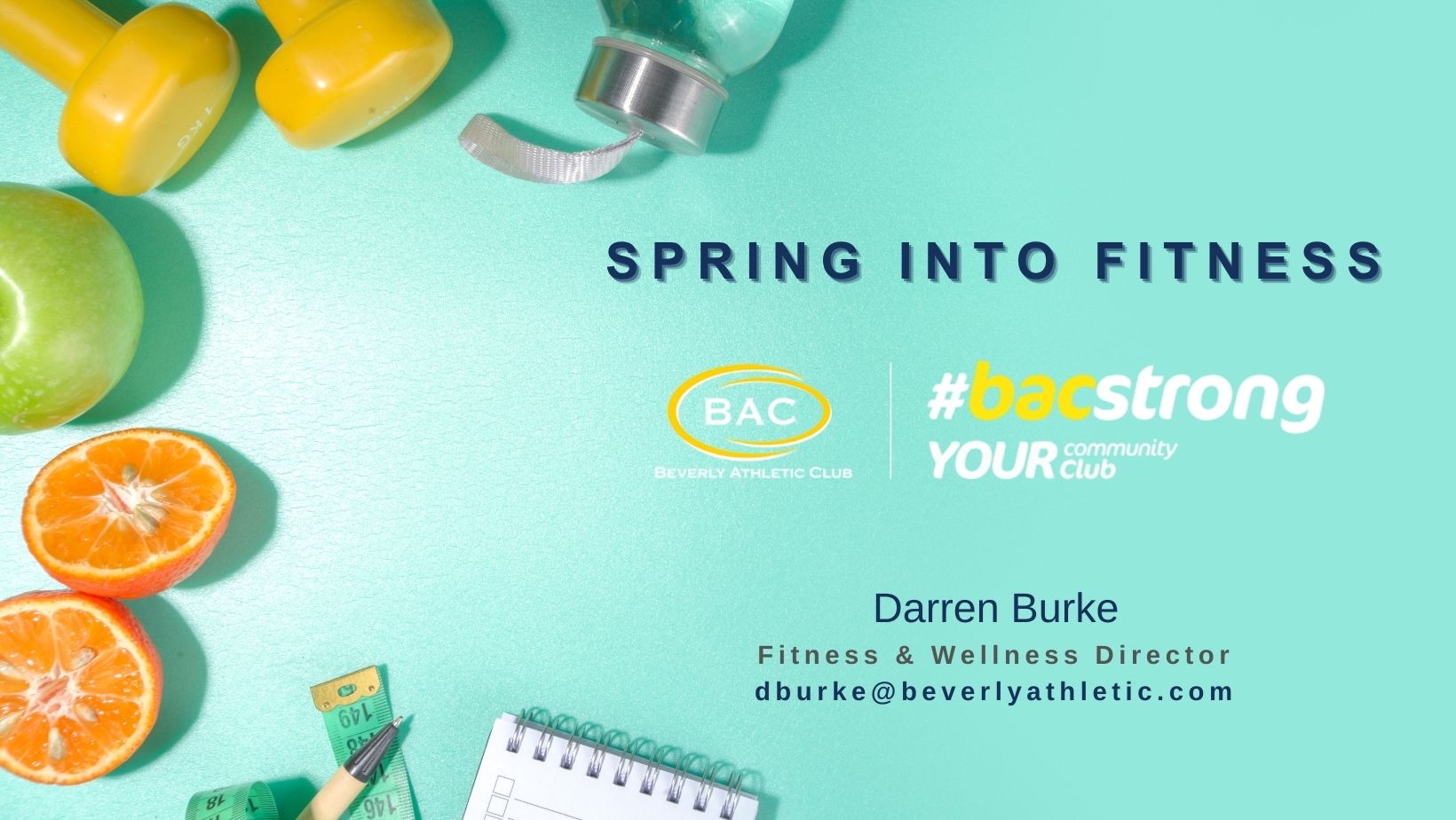Here at the BAC we can appreciate a holiday that encourages indulgence and we are here to help get you back on track. However, if you are looking to take a healthy approach to Thanksgiving this year, but still enjoy the holiday while feeling good about your choices, here are some strategies for keeping things balanced:
1. Prioritize Nutrient-Dense Foods
- Vegetables: Fill half your plate with a variety of roasted, steamed, or sautéed vegetables. These are packed with vitamins, minerals, and fiber.
- Lean Proteins: Turkey is a great source of lean protein. Consider removing the skin to reduce fat content.
- Whole Grains: Opt for whole-grain stuffing or a quinoa salad instead of white bread stuffing. Whole grains offer more fiber and nutrients.
- Healthy Fats: Incorporate healthy fats like those from avocados, olive oil, or nuts. For example, try adding a walnut or almond topping to roasted vegetables.
2. Mindful Eating
- Portion Control: Thanksgiving is a time to indulge, but focus on moderate portions. Use smaller plates to help prevent overeating and savor each bite.
- Eat Slowly: Take the time to enjoy your food, savor the flavors, and listen to your hunger cues. It can help prevent overeating and enhance digestion.
- Stay Hydrated: Drink plenty of water throughout the day. It helps with digestion and can curb unnecessary hunger.
3. Healthier Recipe Swaps
- Reduce Sugar: Cut back on the sugar in recipes for pies or cranberry sauce by using natural sweeteners like stevia or maple syrup, or just use less.
- Use Whole Ingredients: Instead of processed ingredients, opt for whole foods. For example, use fresh or frozen cranberries rather than canned cranberry sauce full of added sugars.
- Low-Fat Alternatives: Swap heavy cream for low-fat versions or Greek yogurt in recipes for mashed potatoes or casseroles.
4. Balance Desserts
- Smaller Portions: Instead of indulging in a large piece of pie, have a small slice or share with others.
- Fruit-Based Desserts: Opt for fruit-based pies (like apple or berry) which tend to be lower in calories than cream-based pies like pumpkin or pecan.
- Try Lighter Options: Make lighter desserts using almond flour or coconut flour, and sweeten with natural options like honey.
5. Stay Active
- Take a Walk: Before or after your meal, take a brisk walk with family or friends. It helps with digestion and can prevent the post-meal slump.
- Physical Activities: Participate in a game like football, a nature hike, or a dance-off after your meal. Staying active helps balance the higher calorie intake.
6. Balance Treats and Everyday Habits
- Healthy Breakfast: Start your day with a nutritious, balanced breakfast (like oatmeal with fruit and nuts) to avoid overindulging later.
- Don’t Skip Meals: Skipping meals before the big feast can lead to overeating. Instead, have a light breakfast and lunch to avoid being too hungry by dinner.
By making thoughtful food choices, practicing moderation, and staying active, you can enjoy a healthier Thanksgiving without missing out on the festive fun.
Darren Burke
Director of Health & Wellness





